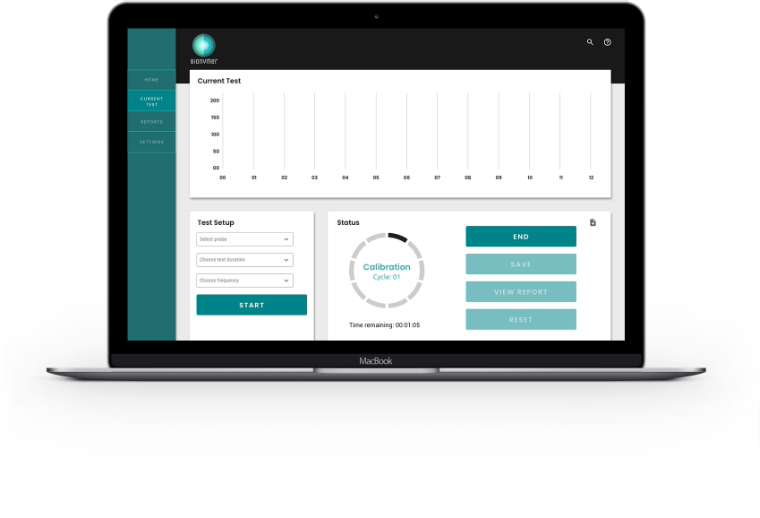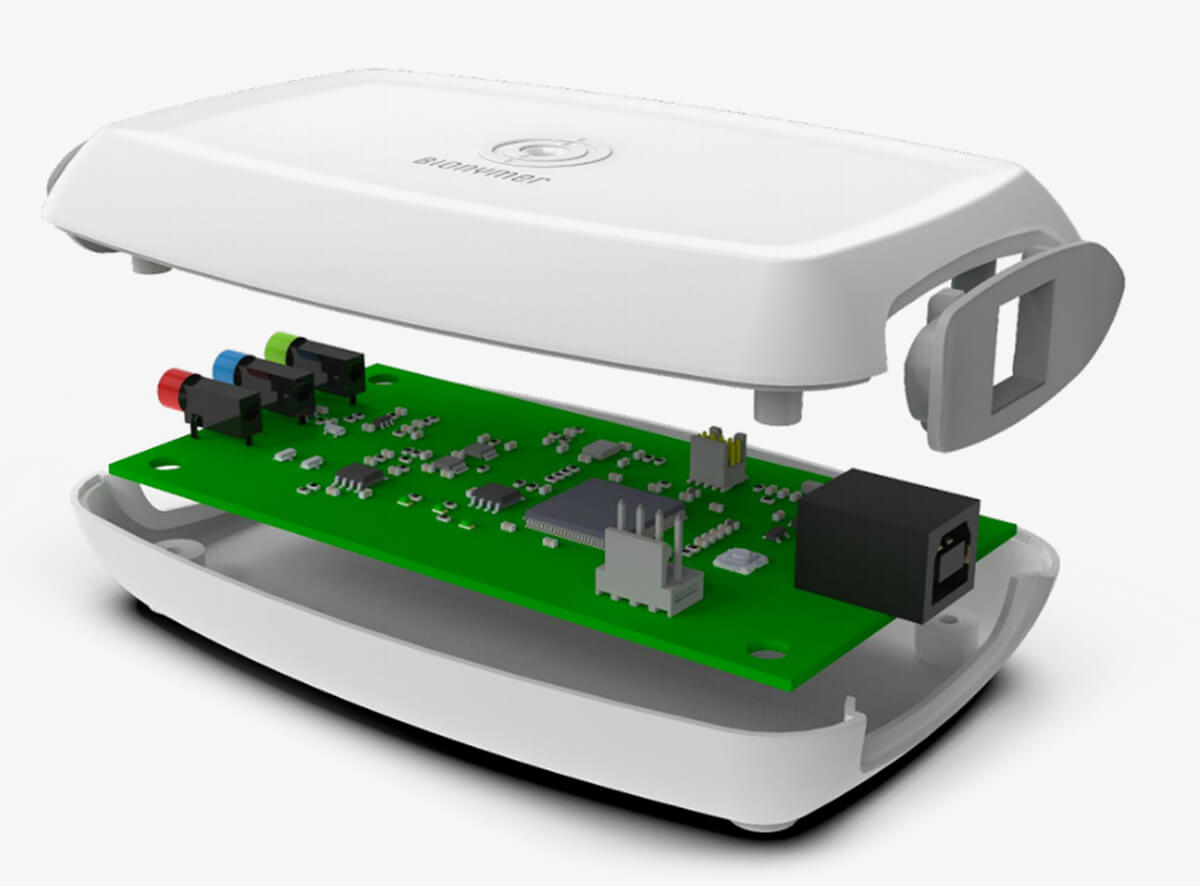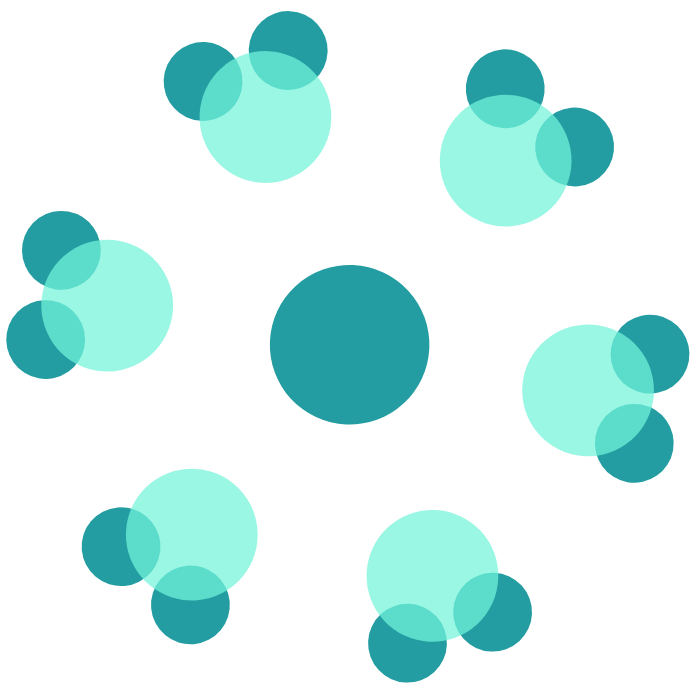Bionymer
(.n) [bi-ahn-ih-mer]
a polymer that directly interacts with both electricity and ions, a tech based startup that uses this material to make novel sensors because of this awesome polymer.
Bionymer is a conducting, polymer-based sensing platform.
The Bionymer sensing platform is based on the use of conducting polymers that allow for direct measurement of ionic activity. As ion exchange is the common currency of all biology, this means the Bionymer sensing tool can be used to investigate a large number of biological systems.
The sensing membrane uses a conducting polymer embedded in a 19 gauge needle that comes directly in contact with the electrolyte of interest. The polymer directly converts ion exchange and balance into electrical signals, allowing for real-time, in vivo measurements of sodium, potassium, or general ion exchange.
The base polymer used in the Bionymer sensing platform is stable in all physiological conditions and allows basic ion transport to occur in any ion saturated media.
The sensing membrane undergoes a local calibration based on the properties of the media it is placed in prior to use. This information is then used to calculate the ionic strength in the vicinity of the polymer with a high degree of accuracy and with little input from the user other than probe type and accurate placement.

Platform Specifics

Total Contents
- Polymer-based sensors
- Data Acquisition Device
- Firmware/Software
Prominent Features
- Real-time, in-body measurements
- Drastically reduced cost compared to competition
- Na⁺ and K⁺ selectivity in physiological conditions
Ease of Use
- Simple implementation, placing the sensor in the vicinity of the system to be measured
- Software algorithm converts electrical signals directly into concentration values
The Superior Ion-Testing Solution
| Methodology | Real time | User-friendly | Widely-accepted | In vivo |
|---|---|---|---|---|
| Ion-Specific Electrodes* | ||||
| Ion-Specific Dyes | ||||
| Patch Clamping | ||||
| iSTAT | ||||
| Bionymer Sensor | New |
*Most common method as of 2019

